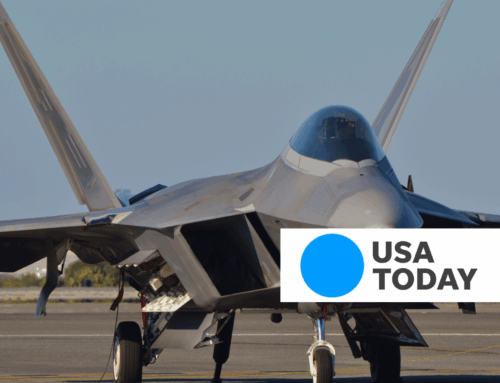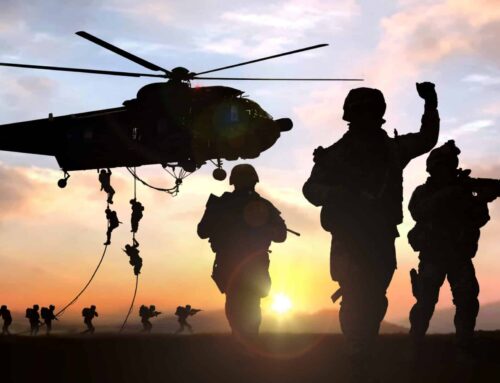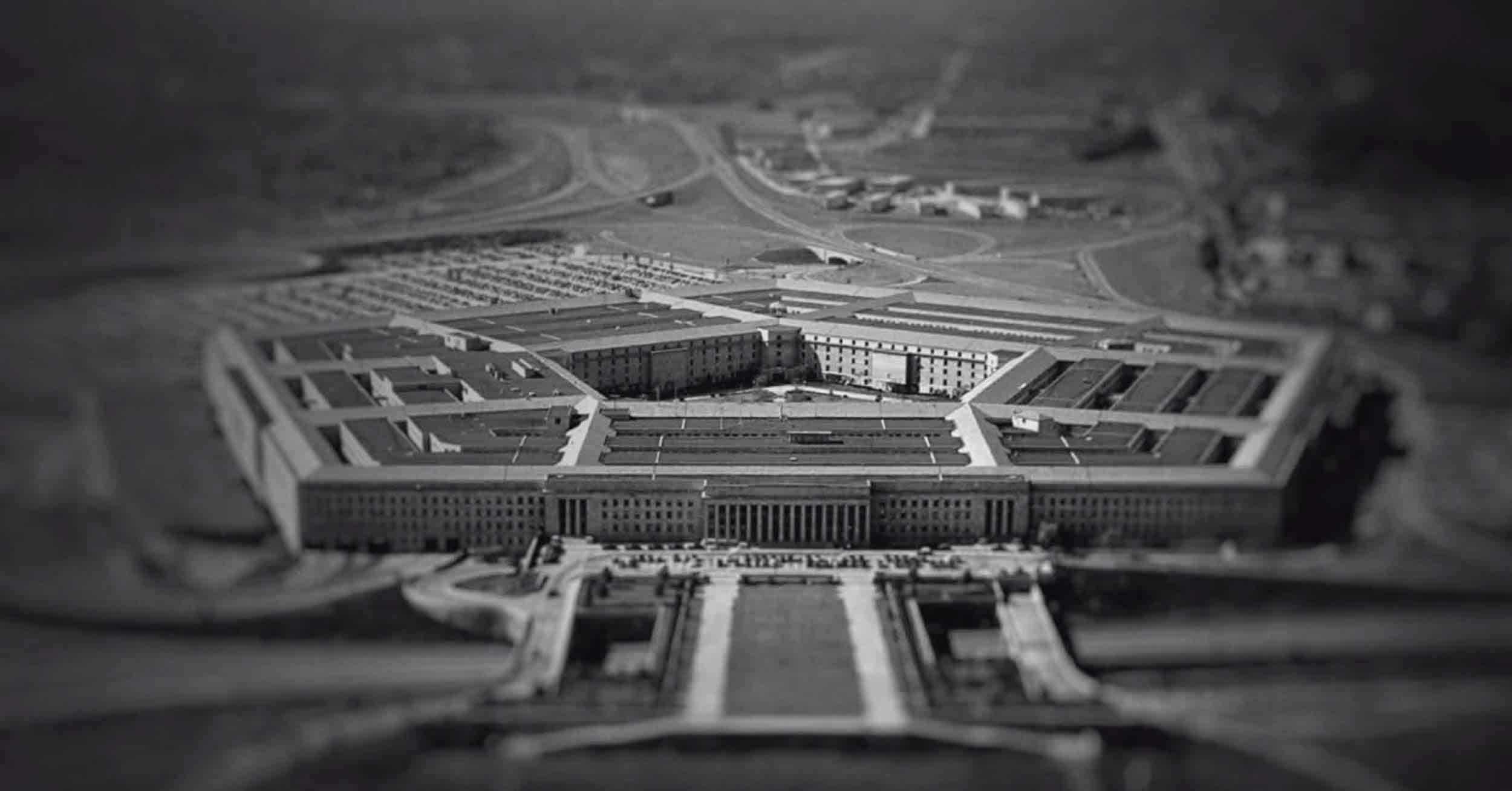Goodness, the difference an economic crisis can make. A few years ago, advertisements by defense contractors arguing that the U.S. should extend expensive weapons programs to protect jobs would be met with derision on the Hill. But as Lockheed Martin watched employment rates fall with the stock market last year, it apparently decided the time was ripe to test its strategy of spreading labor on the Air Force’s F-22 Raptor fighter jet across hundreds of subcontractors and nearly every state in the union.
The company spent big on ads in newspapers and on Washington subway cars claiming that the F-22 funds 95,000 jobs (a number unproven thus far). Rising to the occasion, 44 senators and more than 190 representatives sent letters to President Obama as he prepared the budget in January asking him to keep the line alive. But to what extent do these workers really resemble the American icon Rosie the Riveter wielding a rivet gun in a WWII assembly line? A 2007 study by the University of Massachusetts found that defense funding actually produces less jobs than an equivalent amount of money in domestic industries such as education or mass transit. And a look at documents describing the program reveal that many of these jobs are in fact performed by highly-skilled workers in demand even in this stressed economy.
The debate over the cost and relevance of the F-22 has raged for nearly all of the programs 20-year life. Proponents say its capabilities so far surpass those of the F-15 now flying in Iraq that it’s the only way to maintain US air superiority until the Defense Department produces the F-35 Joint Strike Fighter. But many critics, including Defense Secretary Robert Gates—himself a Cold War intelligence analyst—call it a product of a bygone era, built for US-Soviet style dogfights rarely seen in modern conflicts.
The F-22 has issues even fans should be concerned with. At more than $350 million per plane including development costs, the F-22 is currently the most expensive fighter jet ever produced. But the stealth and reliability the plane was sold on disappoints. Recent reports show the “low observability” equipment that makes the plane so hard for enemies to track accounts for over half of all maintenance time. This means not only that the F-22 is much more costly and time-consuming to maintain than claimed but is also less effective in its mission, since a plane in the shop can’t be in the air. As a result, the Air Force Chief of Staff rated the F-22's mission capable rate at only 60 percent.
The Defense Department has committed to 183 of the planes, though it plans to put money for four “replacement” planes in the supplemental spending bill due next week. President Obama’s April budget will be the last word on whether the program will continue. Some reports have said the budget will appease Congressional supporters with 20 or so planes, just enough to keep the line warm. Problem is the money might come out of development funding for the Joint Strike Fighter, driving up per-plane costs by stretching the program’s timeline.
A spokesman recently said that Pentagon heads only “make decisions about weapons programs with regards to how they impact our national security.” We hope this is true. In the final analysis, defense spending is about strengthening our national security, not our labor force. As for air superiority, we’re all for it. But as Admiral Mike Mullen, head of the Joint Chiefs of Staff, recently said about the F-22, “it’s not a matter of, do we need it? We have it.” No more second helpings: We’re full, thanks.










